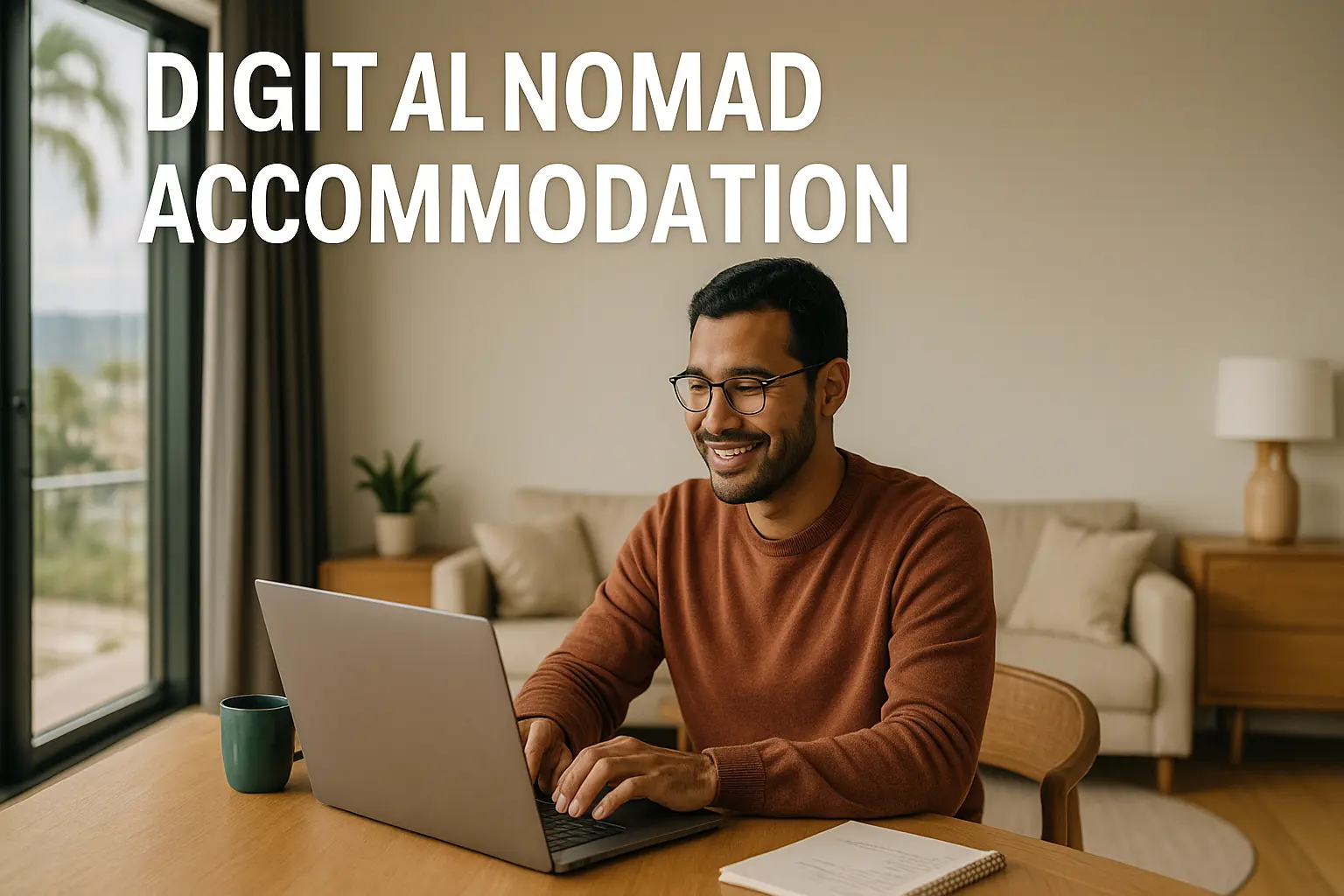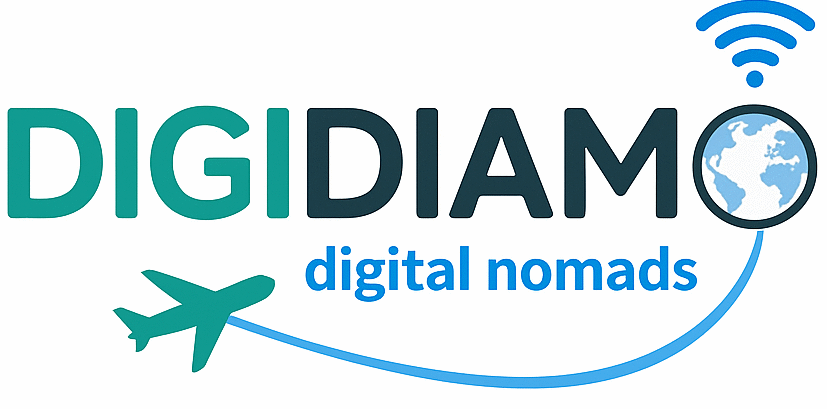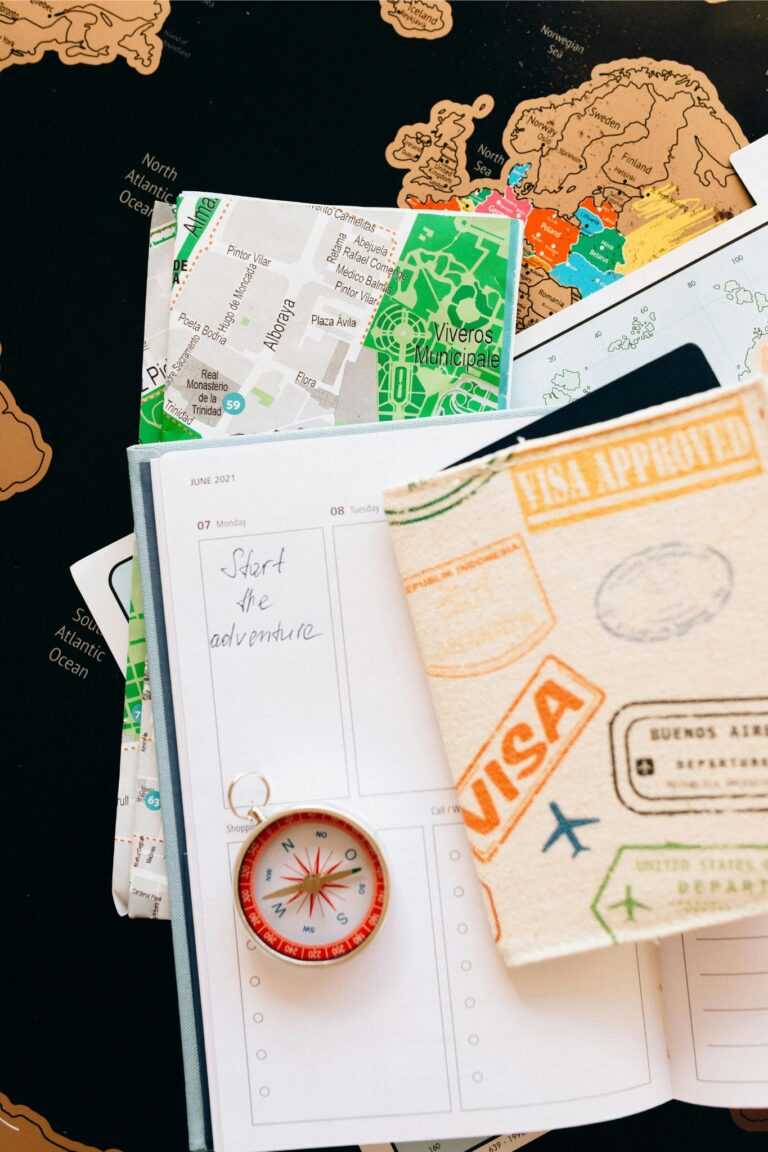Nomad housing: practical options for every budget
Finding a place to live on the road is a big part of life as a digital nomad. Accommodation is not just about having a roof over your head. It is also about creating the right conditions for work, meeting people, and keeping your budget balanced. The choices are wide and sometimes overwhelming, so understanding the main types of housing can save both time and money. The variety of digital nomad accommodation available today gives every traveler a chance to find the right match for their lifestyle.

Why housing matters for nomads
A stable and comfortable place can define how productive and happy a trip turns out. Good housing means reliable internet, safe surroundings, and a setup that makes work easier. On the other side, a poor choice can lead to stress, wasted money, and a constant need to move. Nomad housing is a balance between cost, location, and community. Some nomads value social life above all, while others prefer quiet places where focus comes first.
Main types of nomad housing
Digital nomads usually switch between several housing models depending on location, budget, or mood. The most common are hostels, hotels, co-living spaces, short-term rentals, serviced apartments, and house-sitting. Each option has strengths and weaknesses.
Hostels
Hostels remain popular for short stays and networking. They are cheap and often located in central areas. Shared dorms keep costs down but can make it hard to focus on work. Many hostels now adapt to remote workers by adding coworking corners or private rooms.
Hotels
Hotels are comfortable but usually more expensive. They are best for short business trips or when you need reliable service and privacy. For longer stays, the price can be too high unless you find local deals.
Co-living spaces
Co-living has become a symbol of modern nomad life. These are shared houses or buildings where remote workers live together. Rent often includes utilities, coworking areas, and community events. The main benefit is networking and avoiding isolation.
Short-term rentals
Platforms like Airbnb made it easy to rent apartments for weeks or months. These rentals give privacy, a kitchen, and often better internet. Prices vary a lot depending on the city. Negotiating discounts for longer stays is common.
Serviced apartments
Serviced apartments combine hotel-like services with the space of a flat. They are ideal for nomads who want stability without signing a long lease. Costs are higher than hostels but lower than luxury hotels.
House-sitting
House-sitting is a creative way to reduce costs. You stay in someone’s home for free while taking care of pets or property. The challenge is finding trusted platforms and flexible schedules.
Comparison of housing types
| Option | Cost level | Privacy | Social life | Best for |
|---|---|---|---|---|
| Hostel | Low | Low | High | Short stays, networking |
| Hotel | High | High | Low | Comfort, reliability |
| Co-living space | Medium | Medium | High | Community, balance |
| Short-term rental | Medium | High | Medium | Longer stays, independence |
| Serviced apartment | Medium+ | High | Low | Stability, comfort |
| House-sitting | Very low | High | Low | Saving money, flexible travelers |
Factors to consider when choosing
Budget
Housing is usually the biggest expense for nomads. Cities like Lisbon or Medellín offer cheap flats compared to places like Singapore or New York. Defining a monthly budget helps narrow the choices.
Internet
Reliable internet is a must for remote work. Some places promote themselves as “digital nomad friendly” with high-speed Wi-Fi included. It is always wise to test the connection or ask for proof before booking.
Location
Living close to coworking spaces, cafes, or transport hubs can save hours each week. A cheap room far from the city center can end up costing more in transport and lost time.
Community
Social life is often overlooked. Some nomads thrive in shared environments while others prefer private apartments. Co-living is a middle ground.
Flexibility
Visa rules and travel plans change. Housing that allows flexible stays without strict contracts is often the safest choice.
Popular platforms for nomad housing
Nomads today have access to many online platforms that make booking easier.
- Airbnb for short-term rentals with negotiation options
- Booking.com for hotels and serviced apartments
- Hostelworld for budget hostels
- NomadX and Outsite for co-living communities
- TrustedHousesitters for house-sitting opportunities
Each platform serves a different need. Using several together increases the chance of finding the right deal.
Balancing cost and comfort
The art of nomad housing is balancing cost with comfort. Cheap hostels may free money for travel but can reduce productivity. Luxury hotels may offer comfort but drain the budget. Many nomads move between types depending on project deadlines, social needs, or visa length.
Case examples by region
- Southeast Asia: Co-living in Bali or Chiang Mai is affordable and comes with strong communities.
- Europe: Short-term rentals in Lisbon or Budapest offer privacy at fair costs.
- Latin America: Medellín and Mexico City mix cheap apartments with growing co-living hubs.
- Africa: Cities like Cape Town and Dakhla attract nomads with unique experiences and a mix of rentals.
Practical tips to manage housing
- Book longer stays for discounts. Many hosts reduce prices by 20 to 40 percent for monthly rentals.
- Read reviews carefully, especially about internet speed and noise.
- Contact hosts directly for better rates.
- Mix housing types depending on season and workload.
- Keep a backup plan in case a booking fails.
Conclusion
Nomad housing is not one-size-fits-all. Each option has strengths depending on budget, lifestyle, and travel goals. The best strategy is to stay flexible and test different types until you find what works. Housing is more than a place to sleep, it is the base from which you live and work. For a deeper look at how nomads save on rent and cut costs, you can explore cheap accommodation for digital nomads to learn practical ways of stretching your budget.






